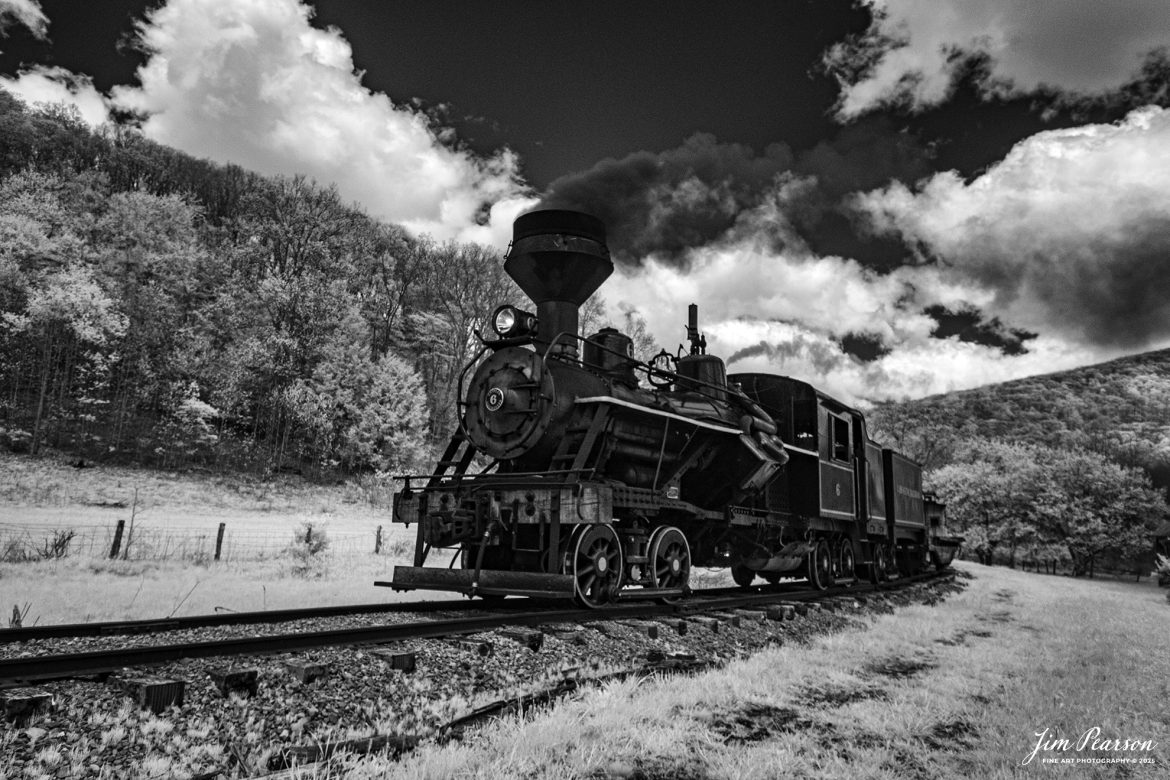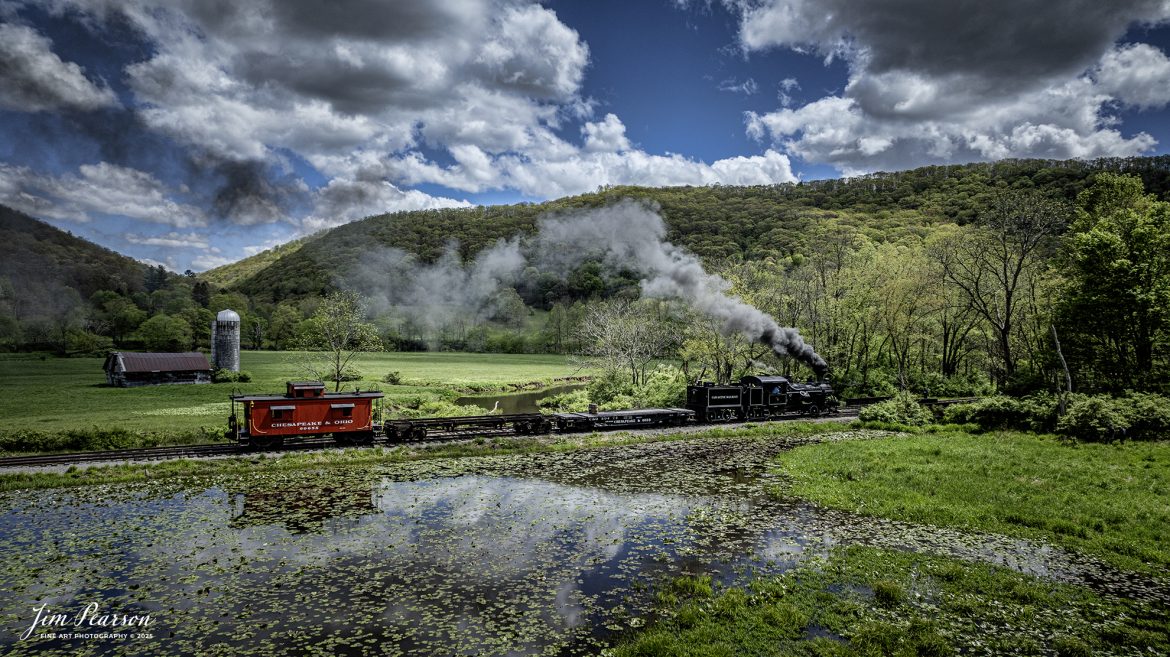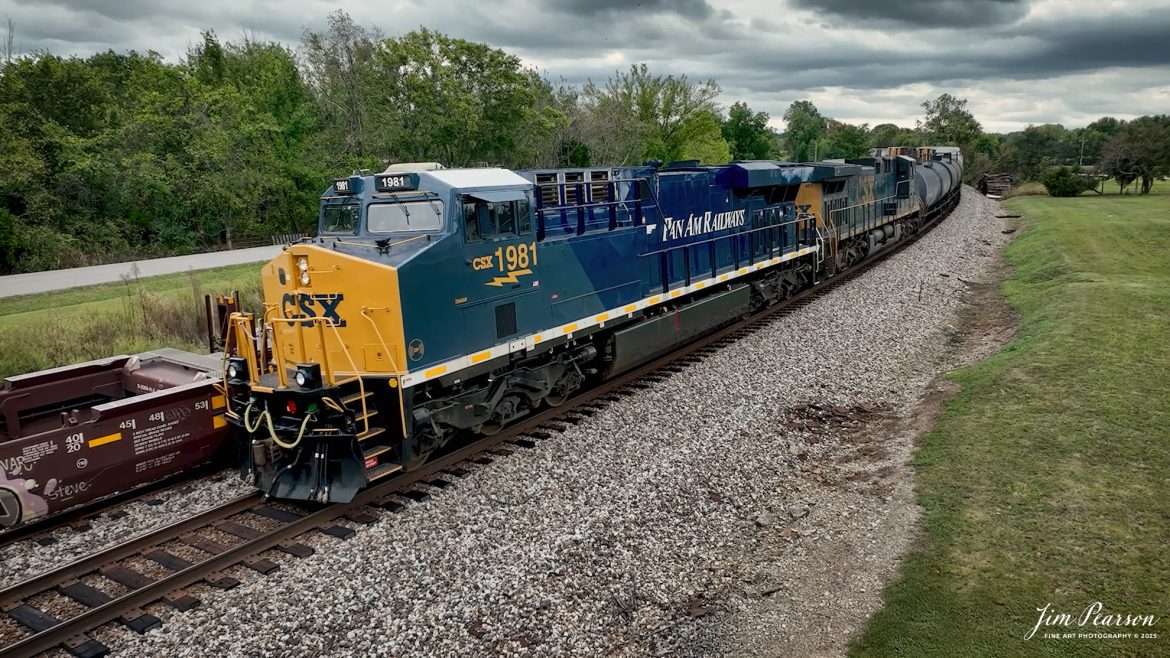BNSF 8757 heads westbound at Santa Fe Junction as it passes under the DPU for a northbound Union Pacific coal train at Kansas City, KS.
Union Pacific 6180 brings up rear as DPU on an empty coal train as it heads across Santa Fe Junction on the Kansas City Terminal Railroad (KCT) High Line, while BNSF 8757 leads a westbound train past Tower #3 on October 16th, 2025.
I’m told that Santa Fe Junction sees on average over 75 trains a day and it hosts the double decked railroad (ATSF Double Deck Railroad) bridge that crosses the Kansas River into Missouri, a triple crossing in addition to Tower 3, which is used by maintenance of way these days. The junction is partly in Missouri and Kansas and sees BNSF, UP, KCT, Amtrak, KCS, NS and CP traffic, from what I saw during my visit.
According to the website railfanguides.us Santa Fe Junction Interlocking is easily the busiest location for trains in Kansas City and trains from any of the five railroads which jointly own KCT can be seen here. Tower #3 was closed in 1969 when a central dispatching center replaced it and all the other towers KCT had at the time.
The black bridge is KCT’s double deck, double track crossing of the Kansas River. The odd-looking silver towers on the bridge are lift mechanisms to raise the bridge in the event of flooding and are not connected most of the time. The upper deck line was primarily used by passenger trains from UP and Rock Island, moving to and from Kansas through the KC Union Station. Today primarily freight trains use this bridge.
The tracks through the junction have been reduced or changed around over the years, but the area remains one of KC’s Busiest locations.
Tech Info: DJI Air 2S Drone, RAW, 22mm, f/2.8, 1/1500, ISO 150




















